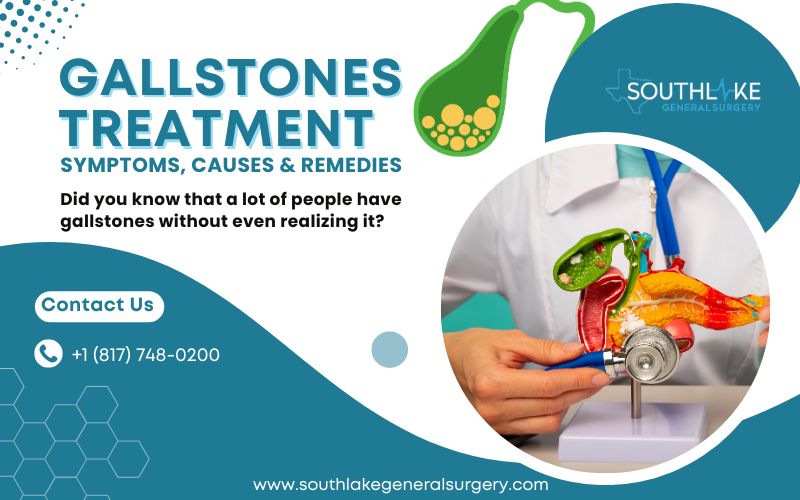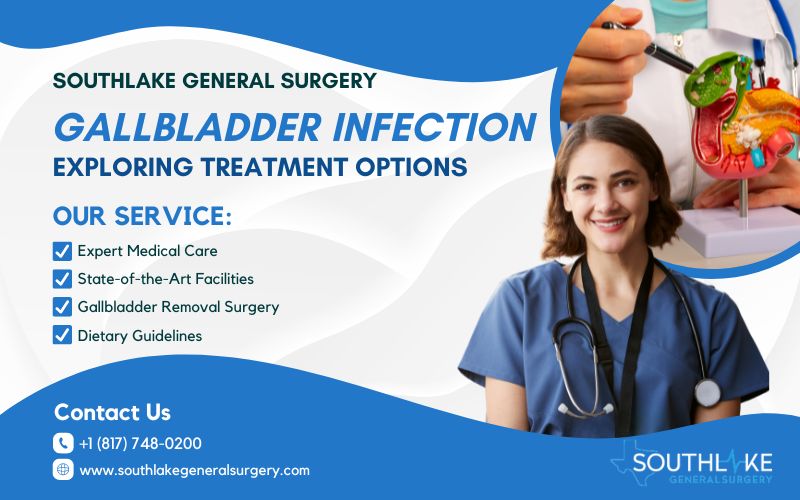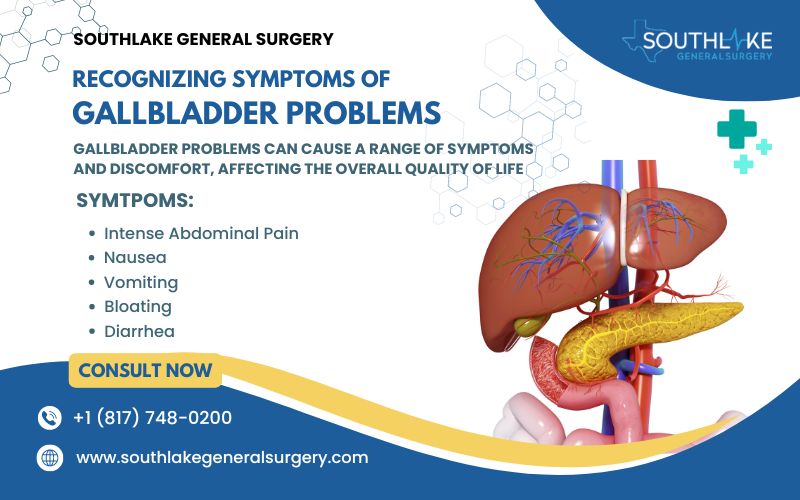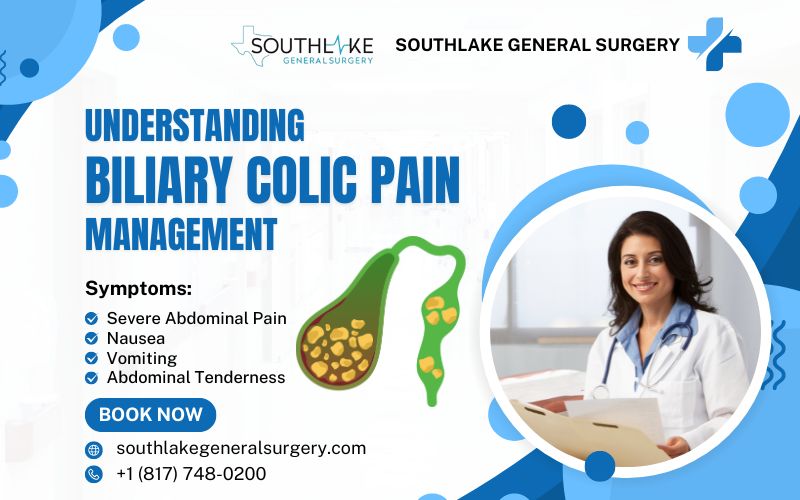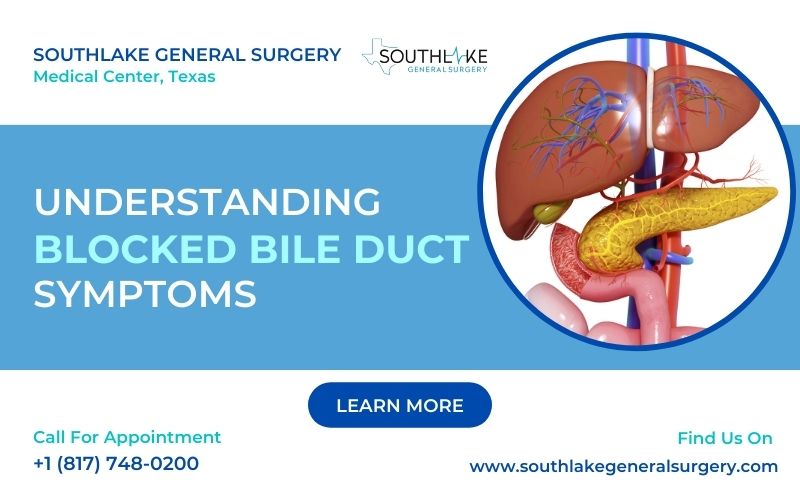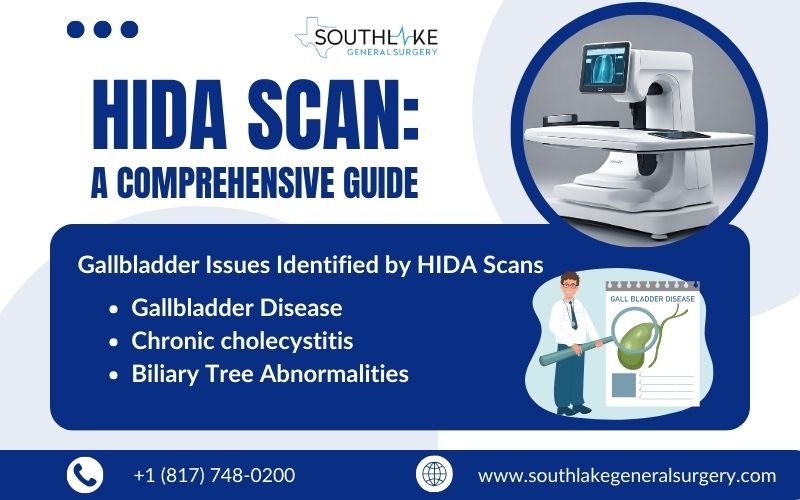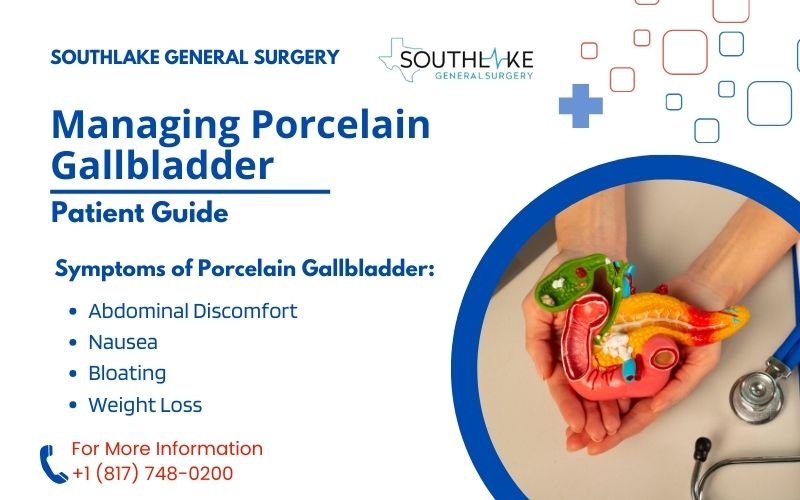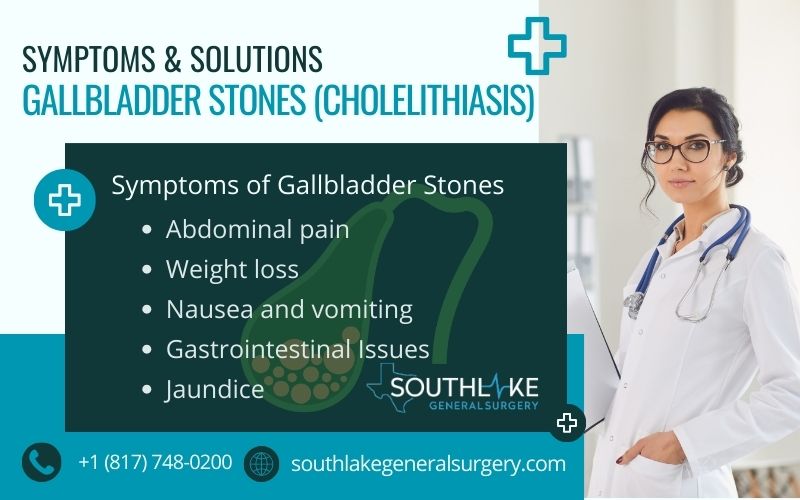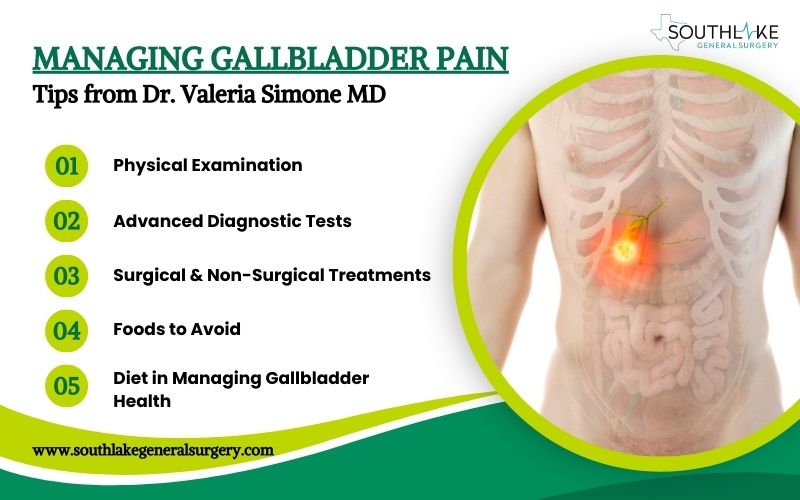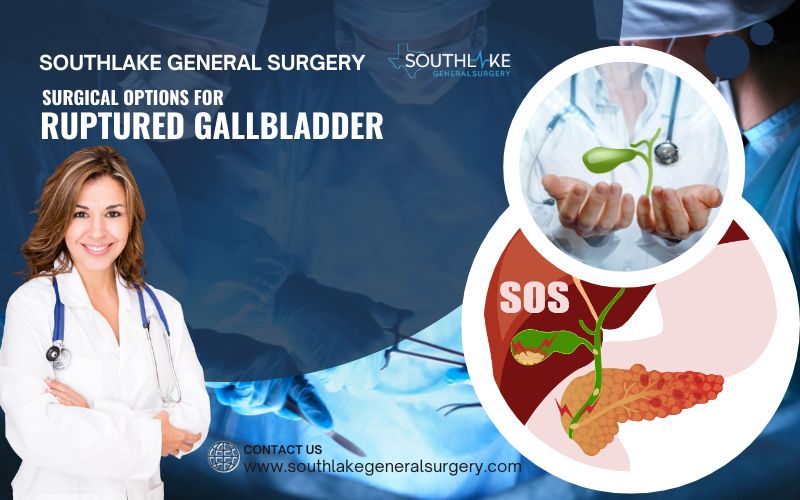Gall bladder symptoms can significantly impact your health and overall well-being. The gallbladder plays a key role in our digestive system, breaking down fats. It contributes in breaking down fats. If you’re experiencing issues, you may notice some discomfort in your upper abdomen.
Read More →
A gallbladder cleanse is a widely recognized natural approach aimed at enhancing gallbladder health and preventing issues such as gallstones. This guide by Dr. Simone examines the effectiveness of these cleanses, the underlying science, and important considerations for those interested in trying this approach.
Read More →
Gallstones treatment can differ depending on how severe the condition is. The digestive system includes a variety of organs that work together. The gallbladder is an important organ located on the right side of the abdomen. Bile, stored in the gallbladder, plays a crucial role in the digestion of lipids.
Read More →
Diet tips after gallbladder removal are important for good recovery and long-term stomach health. Gallbladder removal surgery is a frequently performed procedure. Give your body a reasonable amount of time to adjust thereafter.
Read More →
Gallbladder sludge, also known as biliary sludge, is a condition characterized by the accumulation of small particles in the gallbladder.
Read More →
Gallbladder infection, also known as cholecystitis, is a condition characterized by inflammation in the gallbladder. One of the small organs in the body, the gallbladder is shaped like a pear and can be found in the upper right quadrant of the abdomen, directly below the liver.
Read More →
Gallstones surgery by Dr. Valeria Simone MD, is a comprehensive guide to the surgical treatment of gallstones. Gallstones are a prevalent issue that impacts a substantial number of individuals globally.
Read More →
Gallbladder problems can cause a range of symptoms and discomfort, affecting the overall quality of life. Understanding the signs and symptoms of gallbladder problems is essential for early diagnosis and appropriate treatment.
Read More →
Biliary colic pain is a sharp and intense abdominal pain that occurs due to a blockage in the bile duct. This blockage prevents the flow of bile from the gallbladder to the small intestine, leading to discomfort and severe pain.
Read More →
Blocked bile duct symptoms can vary depending on the underlying cause of the blockage. Common symptoms may include abdominal pain, jaundice (yellowing of the skin and eyes), dark urine, pale stools, itching, nausea, and vomiting.
Read More →
The liver, bile ducts, and gallbladder play vital roles in the digestive process. When these organs are not functioning properly, it can lead to various symptoms and conditions. One imaging procedure commonly used to diagnose and evaluate issues with these organs is a HIDA scan.
Read More →
A porcelain gallbladder, a rare condition characterized by the calcification of the gallbladder wall, poses significant health risks if left untreated. Understanding the implications of this condition is crucial for early detection and prompt intervention.
Read More →
Gallbladder stones or gallstones, also known as cholelithiasis, are hardened pieces of solid material that form in the gallbladder, a small organ located under the liver.
Read More →
Gallbladder pain is a severe condition that impacts numerous people. Located in the upper right portion of the abdomen, the gallbladder plays a crucial role in digestion by storing and releasing bile, a digestive fluid produced by the liver.
Read More →
A ruptured gallbladder, also known as gallbladder perforation, occurs when there is a tear or hole in the gallbladder wall. This can lead to the leakage of bile, digestive fluids, and sometimes even gallstones into the abdominal cavity.
Read More →
After gallbladder surgery, it is important to consume healthy fats to aid in digestion and maintain overall health. It is advisable to consume foods that are high in omega-3 fatty acids, such as salmon, avocados, and walnuts.
Read More →



